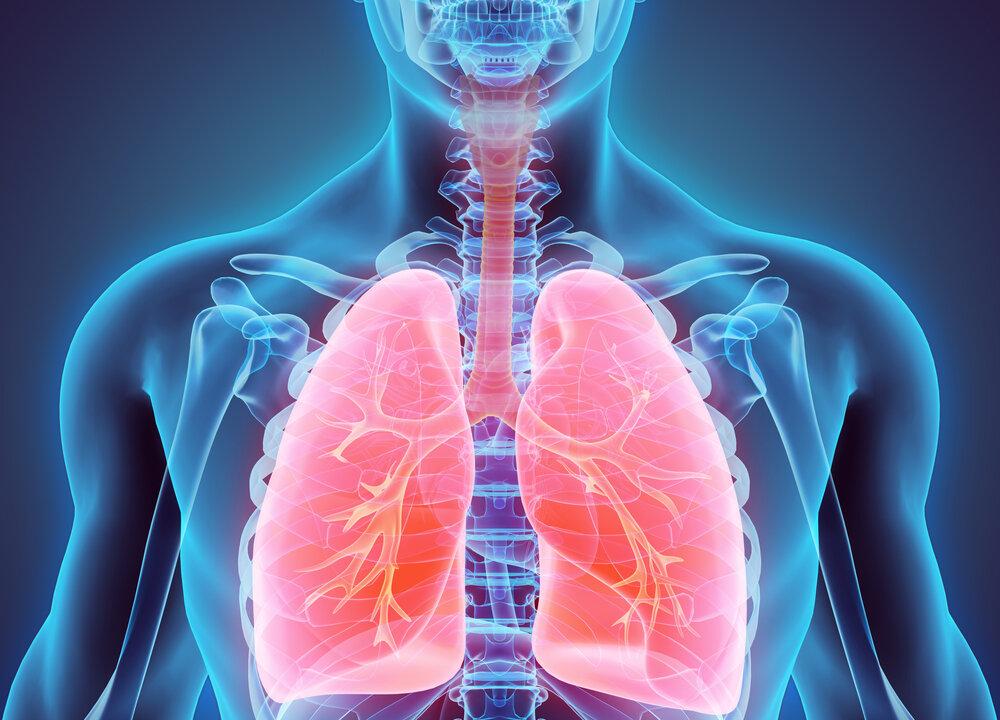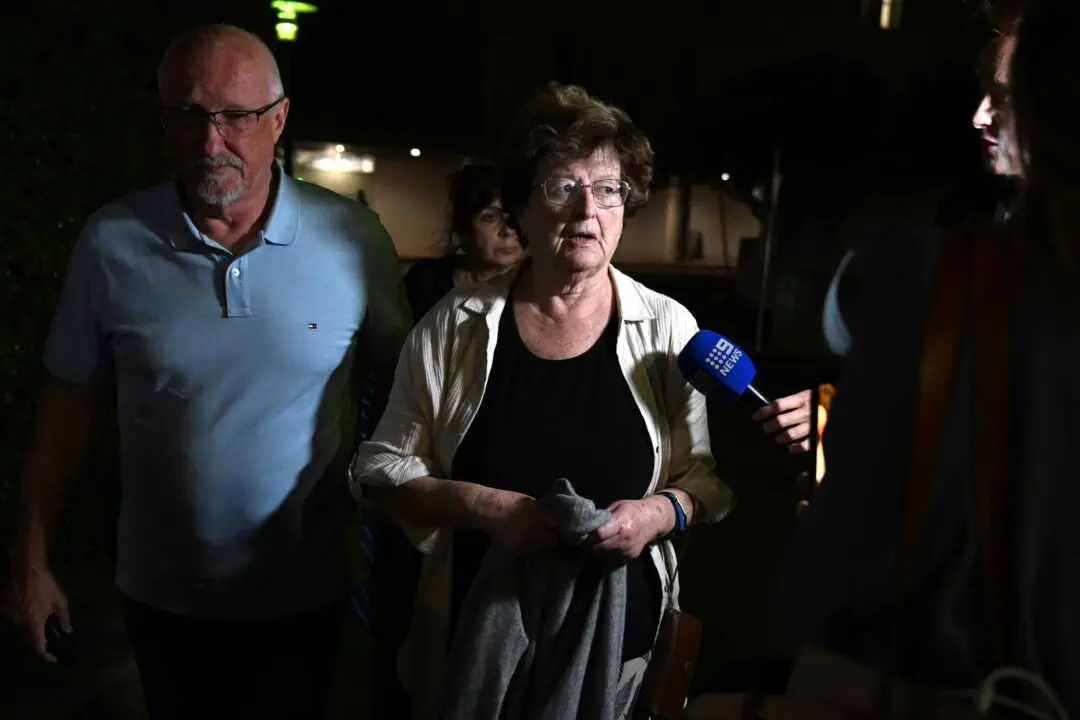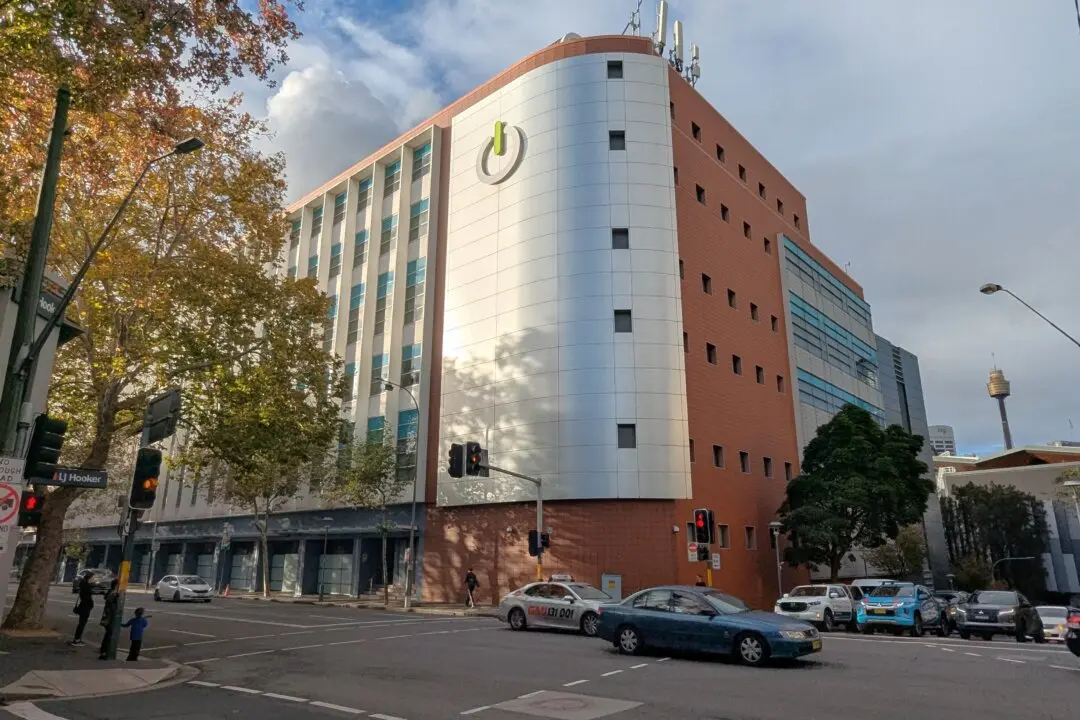Research published in Nature Immunology is bringing hope for patients with small cell lung cancer (SCLC), one of the most aggressive and deadly forms of lung cancer.
Australian scientists have discovered how to make “cold tumours” visible to the immune system, paving the way for treatments that would prevent the cancer from spreading and improve survival rates.




